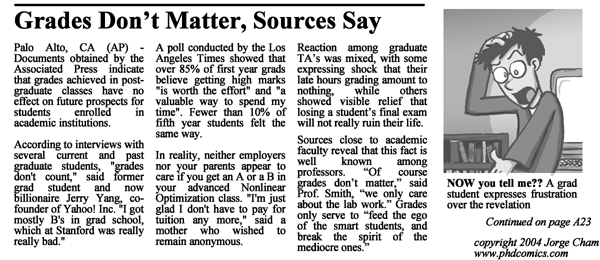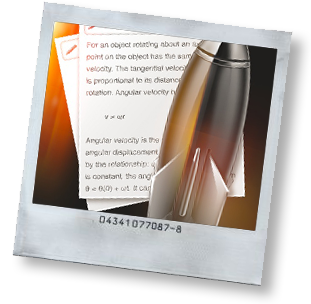1) Finding the one (your advisor):
This one is stressful and tough, after all you will be working with this person for 4+ years. Even before deciding on a school make sure there are lots of options. Many of my top rotation choices did not have funding or had just left the school or the lab just wasn't what I thought it would be. Also make sure to contact older graduate students in your program and get advice on different labs and what the work ethic is like. In hindsight rotating in the summer really made a huge difference. I not only gained an extra rotation but also could easily meet with professors before the chaos began. It is best when leaving a lab to let them know you are weighting your options but really enjoyed your time there. After rotations have finished you should discuss potential thesis projects with each lab before making your decision. Just remember choose your rotations wisely, start early, and work hard :)
2) Pass your classes:
It is actually easier then it seems to pass as long as you complete all the assignments and actually try. This does not mean that the workload is not heavy! Juggling classes, assignments and rotations is enough to make you want to nap 24/7. It's all about focusing your energy in the right place. Keep in mind that grades do not matter, while where you will be spending your Ph.D does! In other words do not stress grades too much. Form study groups, try hard and you will be fine. Part of grad school is the realizing that there are a lot of subjects that you know very little about where others in your cohort maybe experts. Within study groups show up with your work done, so you can not only defend you answer but admit to your mistakes and learn from others.
3) Get funding:
Start looking, writing and applying early, as in the summer before you start. I was forced to start my NSF application the summer before and was very grateful that I had. Once school starts there are so many other things to worry about. Also apply for everything even if you don't feel competitive enough. No matter how secure your funding is, many of us learned throughout rotations just how rare a professor with funding is. The best funding advice I could give is to double/triple check that all letter of rec writers will write outstanding letters and have proposals read by multiple people from varying departments and sell yourself!
4) Make Friends:
Last but not least you should be making friends in graduate school, these are your soon to be collegues and possibly people you will encounter in your future. These are people you will see everyday, who encounter the same struggles, be friends not enemies. The friendship part was very unexpected for me yet helped tremendously. You are going to be stressed and confused and have worries. While it's nice at the end to celebrate your hard work with these people they are also great support throughout. These people are smart and will be able to help you throughout your graduate career. After all you all were accepted into the same program and one thing I realized over time was that everyone in our cohort has their own thing they excel at at. Also it's amazing to finally have friends just as nerdy as you! Shout out to @annaphase
HAVE FUN!







